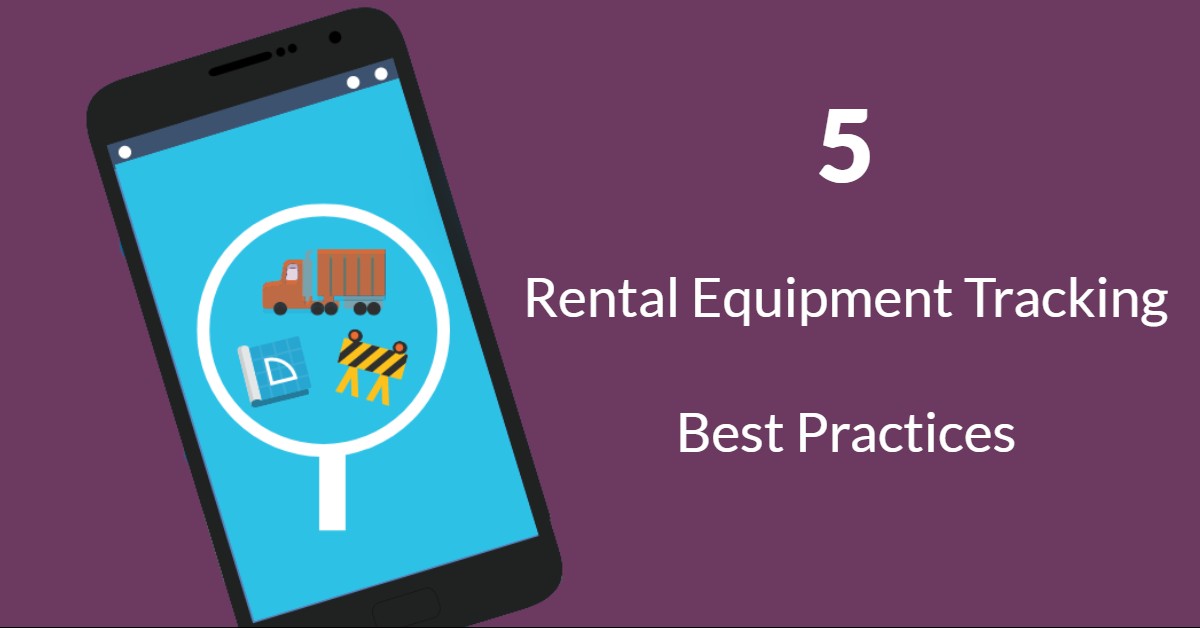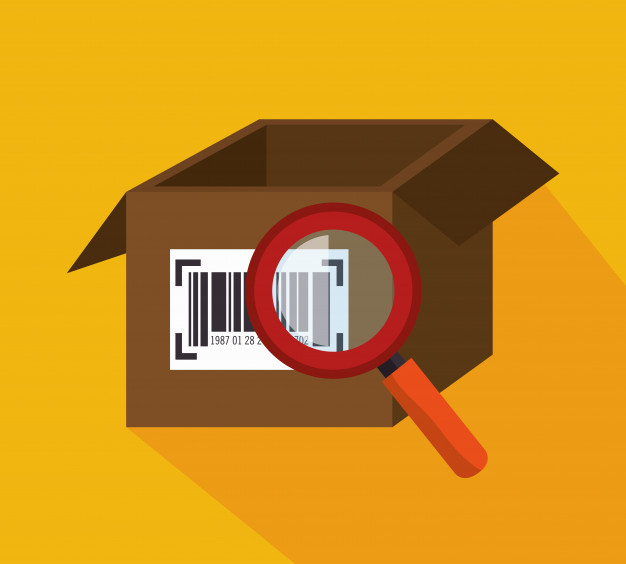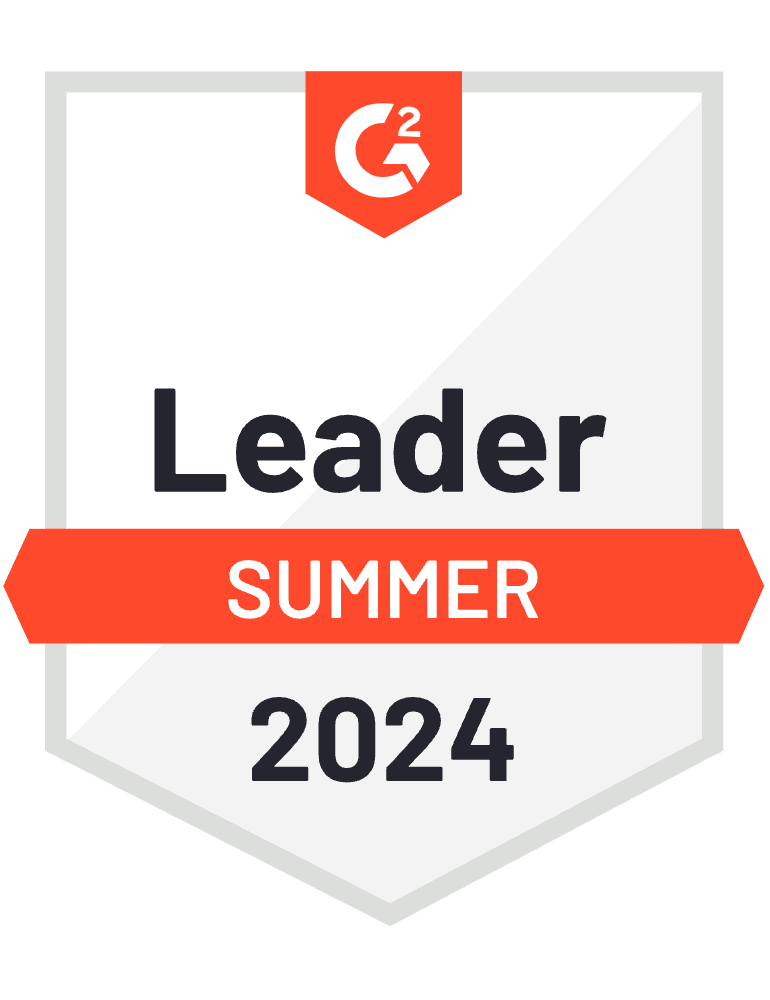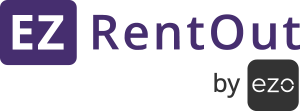
Do you struggle to track your rental equipment effectively? It can be a tedious task without the right tools and methods — not to mention the risk of inaccuracies and errors. The stakes are high when it comes down to tracking your most prized possessions – your equipment.
Coordinating all your pieces of equipment requires access to important information. Using traditional manual methods or even spreadsheets to track your rental equipment isn’t efficient. It leaves you vulnerable to human errors, greater costs, and in a worst-case scenario, even equipment loss.
To make your workday a little easier and help with efficient tracking, here are five essential rental equipment tracking best practices.
1. Do regular inventory audits
Carry out regular inventory audits to have an accurate account of your assets. If you are using manual methods, more often than not, what you think you have in store isn’t actually the correct amount. Maybe your list of equipment is static and hasn’t been updated in a while. Or most likely, there are a few discrepancies here and there because of human error.
You need to ensure that your equipment inventory list is:
- Complete: includes every single piece of equipment you own.
- Accurate: provides comprehensive information, such as the quantity, location, maintenance status of all equipment.
- Up-to-date: always reflects any changes in your inventory.

2. Decide on a tracking method
Once you have an accurate list of inventory, you need to figure out how to organize and track your equipment. Let’s look at the different methods you can use. Rental equipment can be divided into three broad categories which need to be tracked differently:
- Trackable equipment: This category includes assets that you need to track individually, such as vehicles, camera gear, laptops, etc.
- Bulk inventory: This category deals with tracking larger quantities more efficiently. For example, a stock of 100 chairs. You aren’t going to track each individual chair, but you’re going to track the total quantity of chairs rented out and returned.
- Consumables: This category includes items that are not going to be returned once they are rented out, such as water bottles. You don’t have to keep track of whether they were added back to the system. However, you’d want an accurate record of the available quantity so you can replenish your stock as needed.
3. Choose effective identification methods
Choose an item identification system that is easy and reliable. There are no set rules and you can simply choose a method that works best for your company.
For example, a lot of rental companies use an asset’s serial number to identify it. However, it is possible for two assets to have the same serial number. You can sidestep this problem by assigning unique asset identification numbers to your inventory
Another good practice is to add logical prefixes, such as the company initials of your vendors. If you want the unique identifier to be easily understandable, you can also add abbreviations of the model name.
4. Tag all pieces of equipment

Durable asset tags are another best practice for tracking equipment. Almost every single piece of equipment you have can be tagged. Think about the kind of equipment tag you’re going to use. For example, a permanent tag can withstand any environment in which the equipment is used.
You can add barcodes to your equipment tags. These allow you to give each asset a unique identification. You can then accurately pinpoint the asset’s location, and maintain an accurate, updated log of maintenance schedules, usage history, and more – all by scanning the barcode.
If you’re using equipment tags along with rental equipment tracking software, then you can also enjoy greater equipment visibility. This, in turn, lowers overheads and reduces the chances of equipment theft or loss.
Read More: Rental Asset Labels: Design, Materials, and Recommendations
5. Use the right rental equipment tracking system
Manual tracking methods are cumbersome and prone to errors. Integrate with robust rental equipment tracking software to give your business the advantage of automation and accurate records.
Here are just a few advantages a user-friendly tracking system can offer your business:
- Provide access to real-time equipment availability, helping you schedule and plan equipment management better and reduce guesswork.
- Help you gain control of your equipment by displaying your current status. From the dashboard calendar and events page, you can see if an item is in stock, out with a customer, or has been returned.
- Ease collaboration by enabling you to communicate with customers and vendors right from the system itself.
- Generate reports to review your financials, calculate equipment utilization, keep an eye on the lifecycle of each item, and more.
- Increase traffic by helping customers find your business, see your rental catalog, and reserve items – all from your online store integrated with all your rental information.
About EZRentOut
EZRentOut is the leading cloud based rental equipment tracking software with specialized features to help you optimize rentals for different customer segments. Use our mobile app to create and process orders anywhere, anytime!
For more assistance, drop us an email at support@ezo.io.








